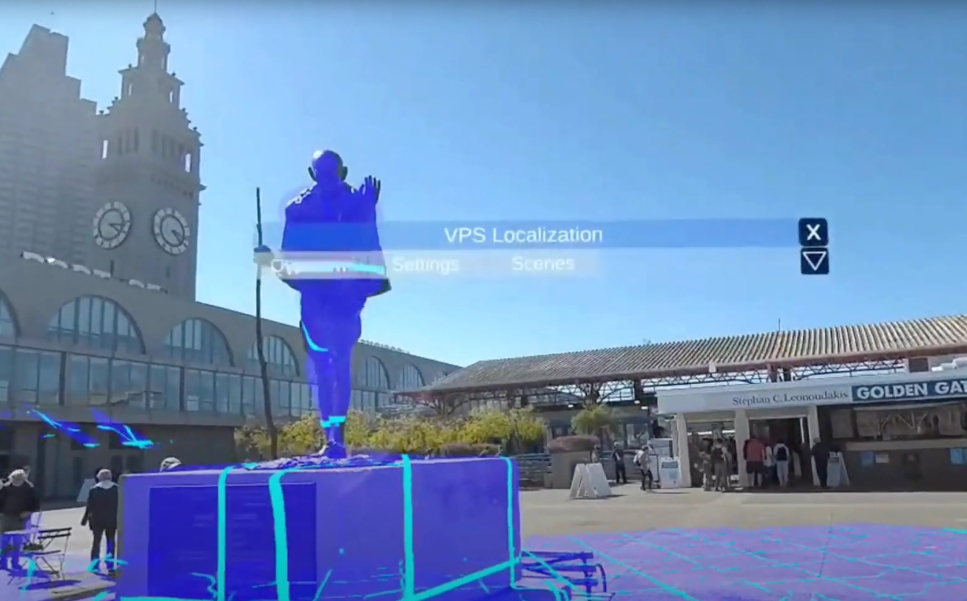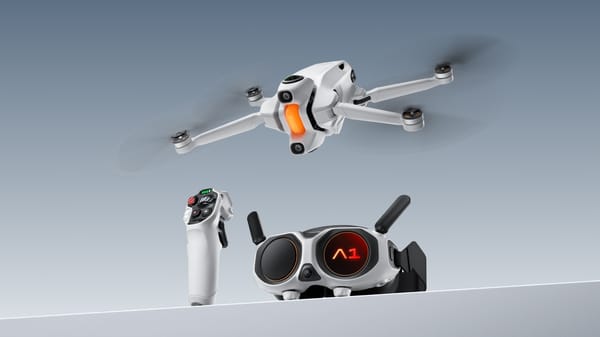Niantic Spatial SDK Adds Meta Quest 3 Support with Passthrough Camera Access

- Niantic Spatial introduces beta support for Meta Quest 3, unlocking core spatial computing tools like VPS, live meshing, and object detection.
- Developers can now build and deploy cross-platform, real-time mixed reality experiences using the same SDK across mobile, AR glasses, and headsets.
Niantic Spatial has released version 3.15 of its SDK, adding beta support for Meta Quest 3. This update enables key spatial computing features, including its Visual Positioning System (VPS), semantic segmentation, and real-time 3D mapping, on Quest 3 using the device’s front-facing RGB passthrough cameras.
The update reflects growing developer demand for tools that work across form factors. With this release, teams can develop once and run immersive applications seamlessly across phones, smart glasses, and headworn devices. The integration gives developers access to the same core features used for mobile AR, but now for immersive headsets.
“We’ve consistently heard from customers that seamless support for headworn devices is essential to scaling spatial computing,” said Baljeet Singh, VP of Product at Niantic Spatial, on the company's websie. “Our collaboration with Meta gives developers access to rich perception capabilities—like meshing, semantics, and VPS—on a powerful, readily available headset.”
This release broadens use cases like indoor navigation, remote collaboration, and simulation training. Developers can get started by following the new Meta Quest 3 documentation and accessing sample projects designed to work across devices. Support for additional headworn platforms is planned in future updates.
Source: YouTube / Niantic Spatial
🌀 Tom’s Take:
Meta unlocked passthrough camera access for the Meta Quest back in April. This was a fundamental change for players like Niantic Spatial, which has invested heavily in computer vision technologies that enable computers to recognize and understand more of the world. The combination of Niantic Spatial with the Meta Quest transforms current headset mixed reality into something highly powerful for developers, which will lead to even more meaningful augmented reality experiences on the device.
Disclosure: Tom Emrich has previously worked with or holds interests in companies mentioned. His commentary is based solely on public information and reflects his personal views.
Source: Niantic Spatial




